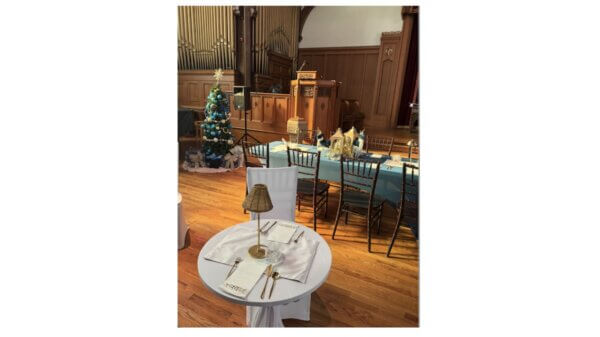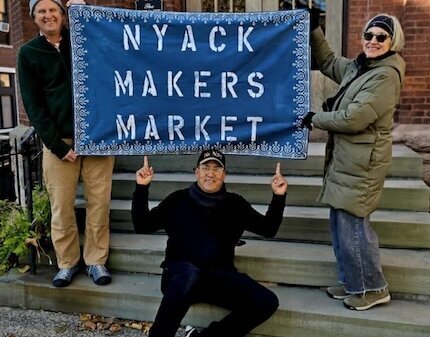“As thick as a telephone pole at its base, as wide as a hotel at the top, and 900 feet high.”
The Sun, July 17, 1904
On the hot and humid afternoon of July 16, 1904, ominous black clouds gathered above the Hudson River. Thunder rolled like Rip Van Winkle playing nine-pins. Lightning danced across the sky. A storm loomed over Nyack—but it brought no rain. What it did bring was far more dramatic: the only recorded waterspout ever to strike the village.


Headlines from the New York Times and the Sun on July 17. 1904
A Storm Like No Other
Most villagers were outside that Saturday afternoon, trying to stay cool. Suddenly, a towering waterspout appeared off Ossining, spinning toward the west. Fans at a baseball game near Nyack Hospital noticed it first, abandoning their grandstand seats for a better view. Remarkably, the game continued.
Across the river in Chappaqua, the same storm system had already unleashed a deadly tornado that carved a ½-mile path through the town. It destroyed five homes and several barns, injured many, and killed a visitor from Philadelphia, Mrs. Hibbs. Hailstones the size of walnuts pelted the area. Farmer Cyrus Dodge was pinned beneath a fallen apple tree before being rescued by his son.
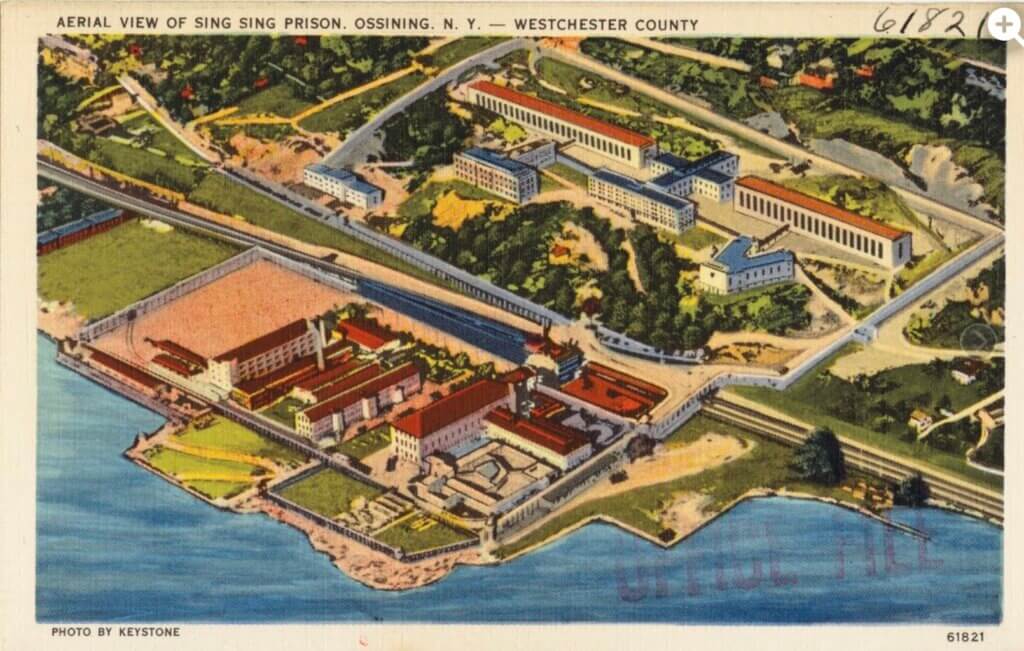
After passing near Sing Sing Prison, the storm reached the Hudson River, where it formed a waterspout—a rotating column of air and water that rose from the river and grew to enormous proportions.
What Is a Waterspout?
Waterspouts come in two forms. “Fair-weather” waterspouts, more common on coastal waters like those off Florida or the Great Lakes, form without thunderstorms. “Tornadic” waterspouts, like the one that appeared in Nyack, are born from severe storms and act much like their land-based cousins.
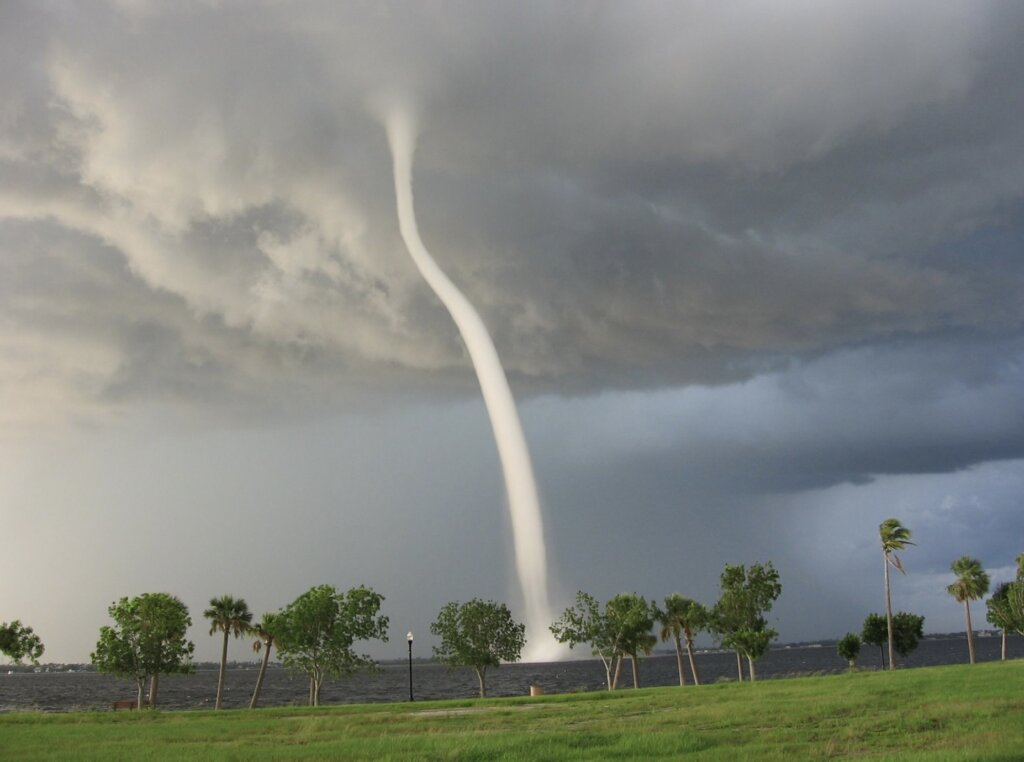
Waterspouts are rare on rivers due to limited water supply, short fetch, and a lower temperature differential. Yet, against the odds, this one formed on the Tappan Zee and headed straight for Upper Nyack.
Crossing the River
The spout was first spotted near the Sing Sing prison. Viewers in Tarrytown described it as “thick as a telephone pole at its base, as wide as a large hotel at the top, and about 900 feet high.” At least one large steamboat and several smaller crafts halted their upriver journeys, unwilling to risk the vortex.
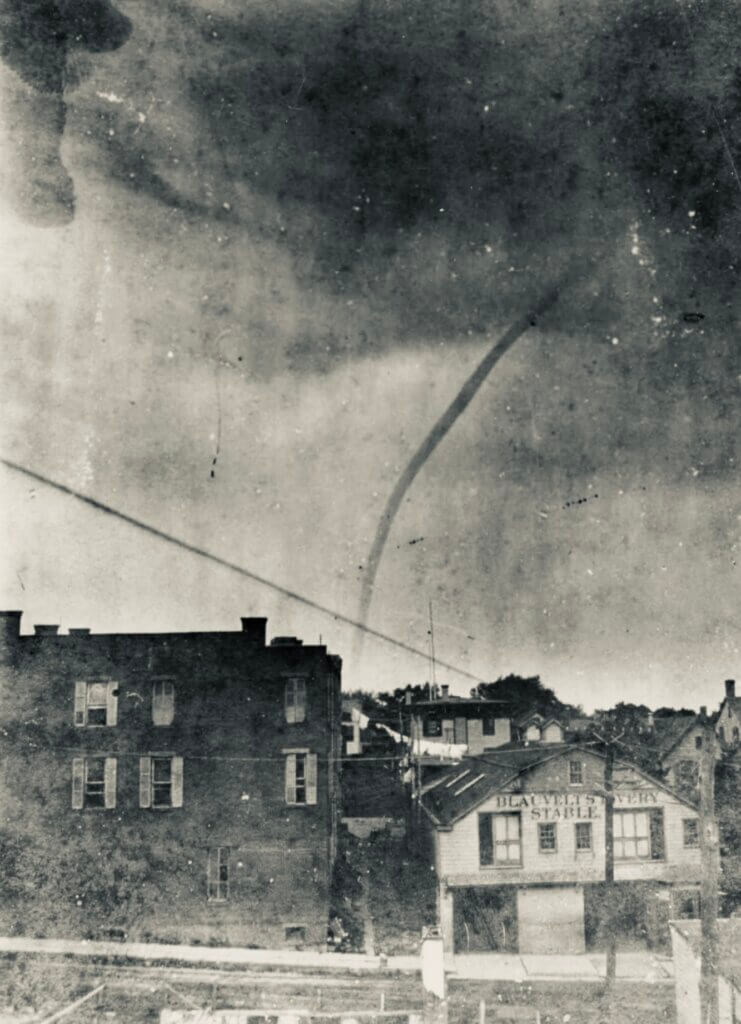
Amazingly, in an era without iPhones, Eugene F. Perry managed to photograph the spout from the roof of the three-story Doersch Building (now demolished) at Remsen Avenue and Broadway in downtown Nyack. The spout appeared slanted and tapered, about 50 feet wide at the base and 250 feet at the top, pulling water visibly from the river.
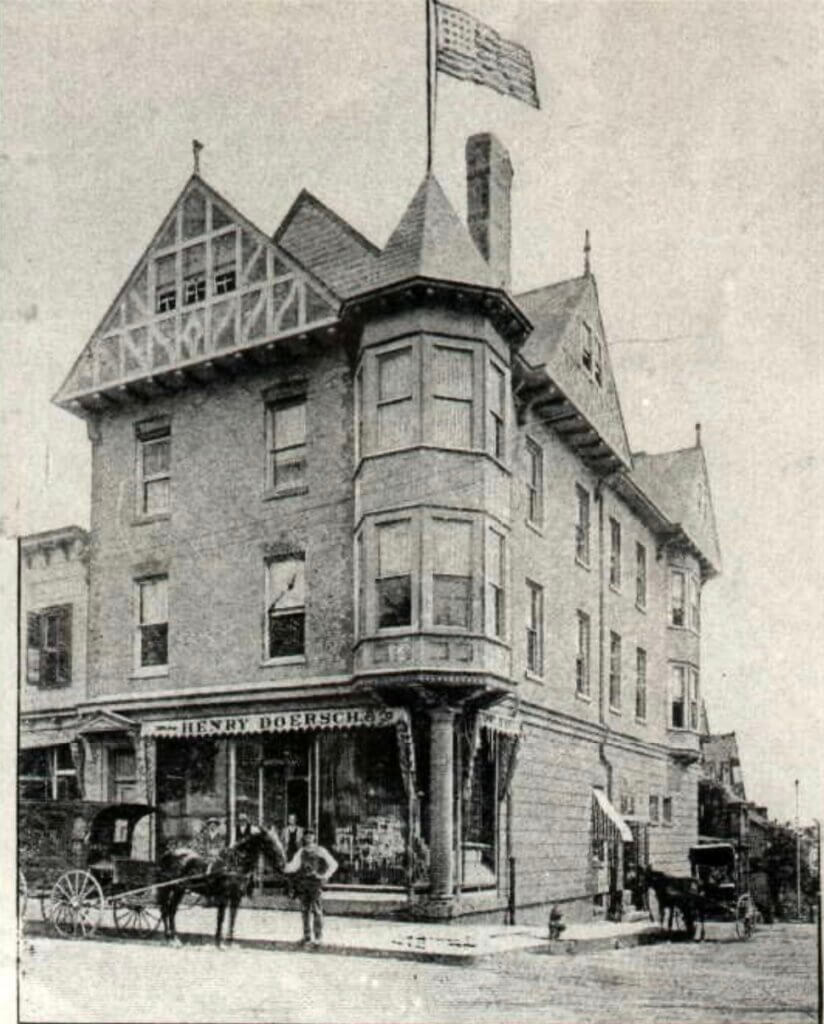
“I estimate the waterspout to have been 1-1/2 to 2 miles long, 35 feet wide at its middle, and 250 feet wide at its base.”
Eugene F. Perry, July 16,1904
Landfall at The Moorings and Crumbie’s Glen

The waterspout came ashore at a partially constructed dock on the estate known as the Moorings at 611 North Broadway. During the summer, the home belonged to Joseph Hilton, a former Confederate general who had made a fortune in the Georgia lumber business. Hilton had purchased the Moorings from the Williamson family after first living at River Hook. He expanded the sandstone home with two wings and added a large dock for his daughters and their suitors. Later, he built two riverfront cottages for them.
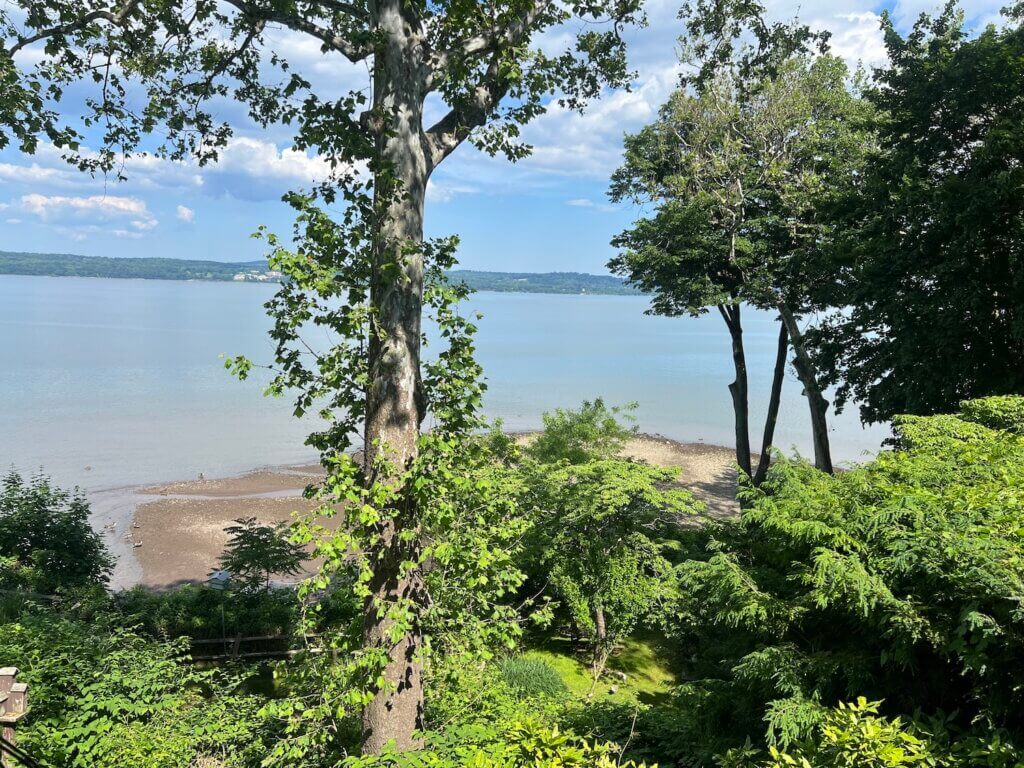
As the waterspout hit, it tore timbers from the incomplete dock and flung tree limbs into the air. It then followed the path of Crumbie’s Glen, a narrow ravine carved by Upper Nyack Brook. The brook begins near the modern Nyack High School, winds past Christian Herald and Old Mountain Roads, and flows under Broadway through the lawn of the Glen Holme estate. As it drops toward the river, it forms sandstone ledges and waterfalls. The scenic glen took its name from the Crumbie family, original builders of Glen Holme.

Without the river to feed it, the spout lost strength, dropped a heavy load of water, and quickly dissipated. Despite the spectacle, damage was far less than feared.
Panic and Awe in the Village
Villagers reacted with a mix of wonder, fear, and alarm. Several Upper Nyack mothers rushed to gather their children. One woman sprinted home along Broadway. Another, just arriving in Nyack, saw the swirling column and ducked behind a tree, weeping in terror.
In a moment tinged with prejudice, one local paper noted that a “colored woman on Main Street” asked her neighbor if “the world was coming to an end.”
Baseball Marches On
Baseball was serious business in Nyack in 1904. The Nyack Baseball Association had recently installed a centerfield scoreboard at its field near Nyack Hospital. The team played a vigorous schedule, including games against Suffern, Haverstraw, Northvale, the Jersey City Oakleys, and a Brooklyn team known as the Ex-Loyals. Outsiders often referred to Nyack’s squad and fans as the “shoetowners,” a nod to the local shoe industry.

On the day of the waterspout, Nyack faced a team known as the Duquesnes, though their origin is lost to history. Spectators noticed the towering funnel above the trees and scrambled to Midland Avenue for a clearer view. When it became clear the storm wouldn’t bring rain, fans returned to the bleachers. The game continued—but history doesn’t record the final score.
“Beyond any question, Nyack will come loaded with the best money ‘Shoe-town’ can employ (versus Haverstraw).”
Rockland County Times, October 8, 1904
Remembering the Storm
Though the waterspout caused only minor damage, it left a lasting impression. Thirty-five years later, the Journal News recalled the bizarre weather event in its 50th-anniversary edition. For many who saw it, the swirling column of water remained the most unforgettable storm Nyack had ever seen.
Mike Hays lived in the Nyacks for 38-years. He worked for McGraw-Hill Education in New York City for many years. Hays serves as President of the Historical Society of the Nyacks, Vice-President of the Edward Hopper House Museum & Study Center, and Upper Nyack Historian. Married to Bernie Richey, he enjoys cycling and winters in Florida. He has written the Nyack People & Places column since 2017. You can follow him on Instagram as UpperNyackMike.
Editor’s note: This article is sponsored by Sun River Health and Ellis Sotheby’s International Realty. Sun River Health is a network of 43 Federally Qualified Health Centers (FQHCs) providing primary, dental, pediatric, OB-GYN, and behavioral health care to over 245,000 patients annually. Ellis Sotheby’s International Realty is the lower Hudson Valley’s Leader in Luxury. Located in the charming Hudson River village of Nyack, approximately 22 miles from New York City. Our agents are passionate about listing and selling extraordinary properties in the Lower Hudson Valley, including Rockland and Orange Counties, New York.




